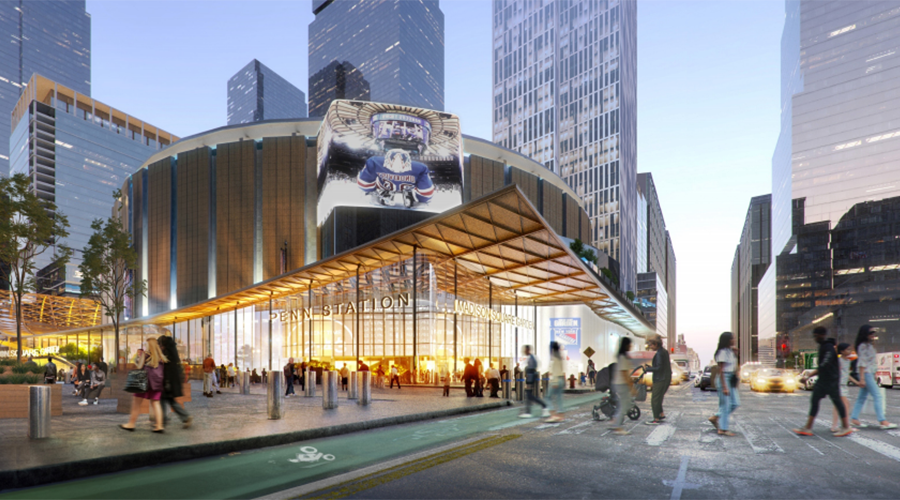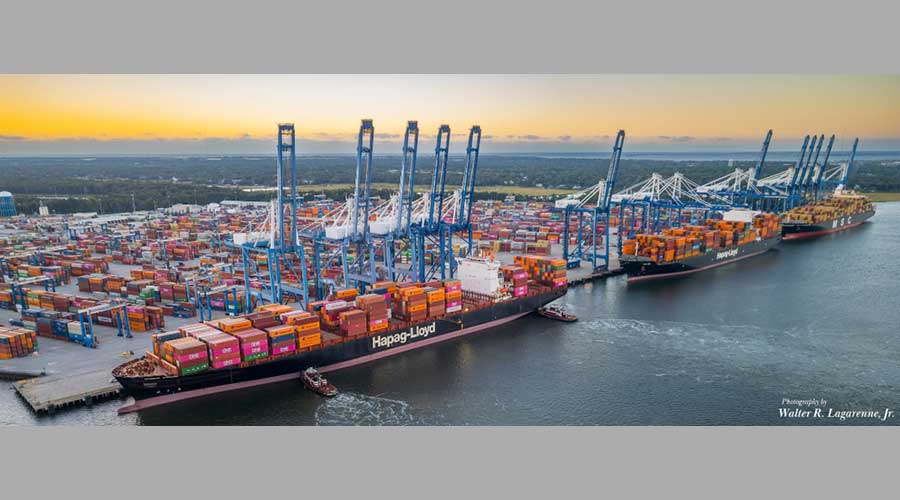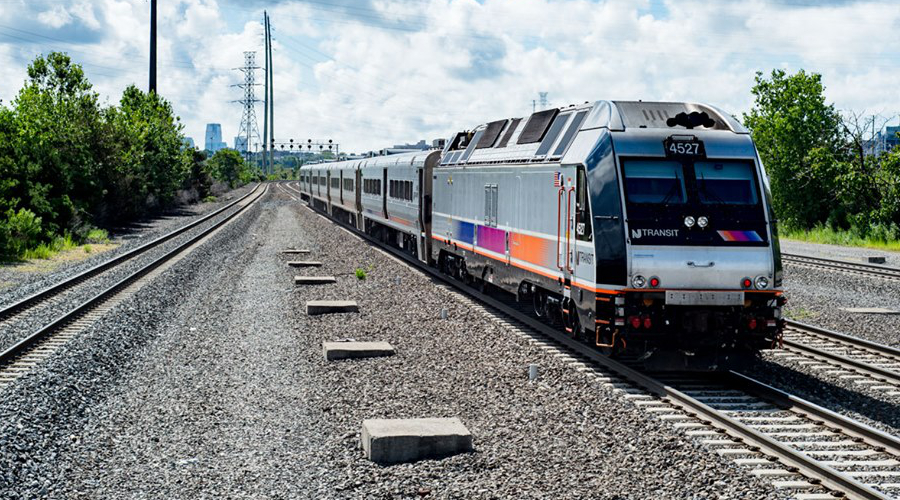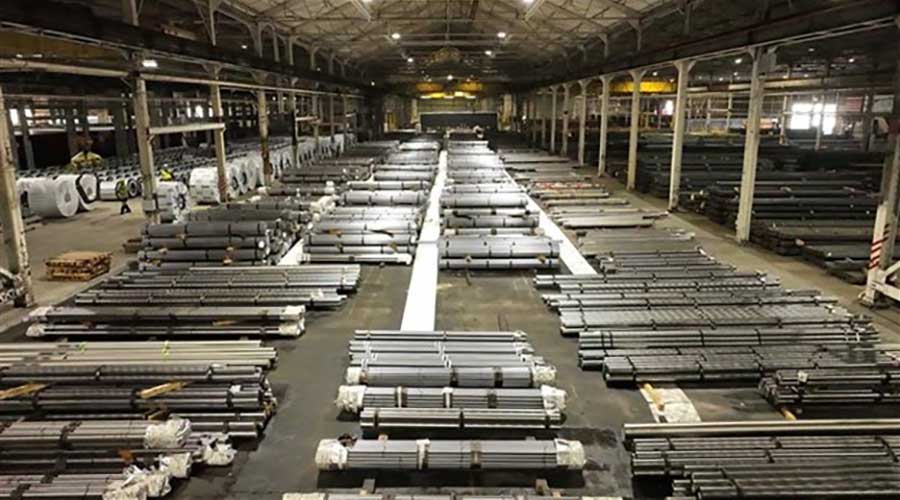Newsletter Sign Up
Stay updated on news, articles and information for the rail industry
Stay updated on news, articles and information for the rail industry
RAIL EMPLOYMENT & NOTICES
Rail News Home
BNSF Railway
Rail News: BNSF Railway
10/18/2001
Rail News: BNSF Railway
BNSF to concentrate on capital-spending cuts, Rose says
advertisement
Like most businesses, the sluggish economy is constraining Burlington Northern Santa Fe's top-line growth. So the Class I is focusing on cutting capital expenditures to hoist its return on invested capital.
"We have an expensive and extensive physical plant to maintain, [which] requires us to think differently about how we deal with our engineering and mechanical maintenance because we have to keep investing in our infrastructure," said BNSF President and Chief Executive Officer Matthew Rose in a speech at the Western Railway Club's Oct. 16 open meeting in Chicago. "We have to change our business model to reflect today's reality, [and] look at everything we do and ask ourselves if there's a better way to do it."
BNSF projects spending about $1.6 billion this year on capital expenditures — $160 million less than 2000 spending. In 2002, the railroad plans to spend $1.5 billion, but "that's still $300 million more than both roads spent in 1995 when we merged," said Rose.
To cut costs, BNSF plans to right-size its workforce and network, although Rose didn't offer any specifics.
The railroad also plans to continue simplifying its business processes, streamlining its working relationships and analyzing its supply chain to foster more-integrated product-delivery sources.
"This means that instead of buying individual components, we're looking for integrated suppliers who can take over more of our job processes," said Rose. "When ordering freight cars and locomotives, for example, we will want competitive, full-maintenance contracts as part of the agreement, [and] we will look to outsource various physical-plant processes."
Rose recommends that railroads, suppliers and customers improve technology-system integration so all three groups can work together more effectively and efficiently.
He also believes all railroads and suppliers should share a common vision of the future: "By that I mean we need to make clear what our railroad needs from you in terms of design, reliability and cost, and the railroads need a better understanding of what you can provide us," said Rose. "We need to work more closely to plan our future needs and determine the technologies that will satisfy those needs."
"We have an expensive and extensive physical plant to maintain, [which] requires us to think differently about how we deal with our engineering and mechanical maintenance because we have to keep investing in our infrastructure," said BNSF President and Chief Executive Officer Matthew Rose in a speech at the Western Railway Club's Oct. 16 open meeting in Chicago. "We have to change our business model to reflect today's reality, [and] look at everything we do and ask ourselves if there's a better way to do it."
BNSF projects spending about $1.6 billion this year on capital expenditures — $160 million less than 2000 spending. In 2002, the railroad plans to spend $1.5 billion, but "that's still $300 million more than both roads spent in 1995 when we merged," said Rose.
To cut costs, BNSF plans to right-size its workforce and network, although Rose didn't offer any specifics.
The railroad also plans to continue simplifying its business processes, streamlining its working relationships and analyzing its supply chain to foster more-integrated product-delivery sources.
"This means that instead of buying individual components, we're looking for integrated suppliers who can take over more of our job processes," said Rose. "When ordering freight cars and locomotives, for example, we will want competitive, full-maintenance contracts as part of the agreement, [and] we will look to outsource various physical-plant processes."
Rose recommends that railroads, suppliers and customers improve technology-system integration so all three groups can work together more effectively and efficiently.
He also believes all railroads and suppliers should share a common vision of the future: "By that I mean we need to make clear what our railroad needs from you in terms of design, reliability and cost, and the railroads need a better understanding of what you can provide us," said Rose. "We need to work more closely to plan our future needs and determine the technologies that will satisfy those needs."


 2025 MOW Spending Report: Passenger-rail programs
2025 MOW Spending Report: Passenger-rail programs
 Gardner steps down as Amtrak CEO
Gardner steps down as Amtrak CEO
 Guest comment: Oliver Wyman’s David Hunt
Guest comment: Oliver Wyman’s David Hunt
 Women of Influence in Rail eBook
Women of Influence in Rail eBook
 railPrime
railPrime







